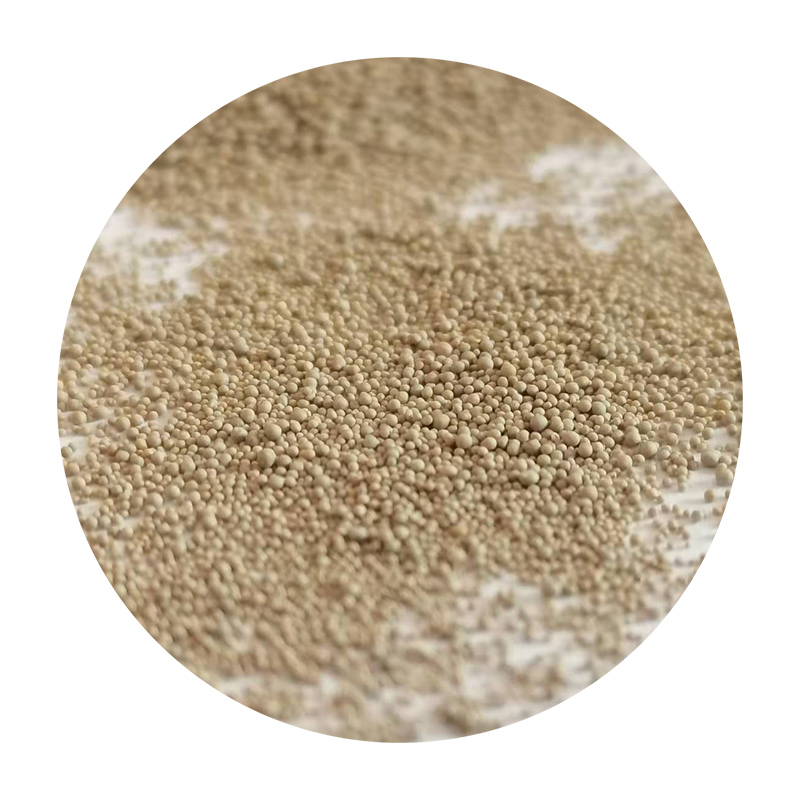Sanding small 3D prints is an intricate task that demands precision, dedication, and a deep understanding of the materials involved. Mastering this art not only enhances the aesthetics of your 3D prints but also optimizes their functionality. Here’s a comprehensive guide that encapsulates years of experience and expertise in perfecting this craft.

Navigating the Complexities of 3D Print Sanding 3D printing is a transformative technology, yet it often leaves surface imperfections like layer lines and minor bumps. These imperfections not only detract from the object’s aesthetic appeal but may also affect its utility, particularly if the print requires a high level of precision. Sanding, therefore, becomes an essential step in refining these prints. The finesse required for small prints lies in controlling both the sanding technique and the materials used.

Selecting the Right Tools and Materials
When sanding small 3D prints, the selection of tools plays a pivotal role in achieving that perfect finish. Starting with high-grit sandpapers like 1500 and moving up to ultra-fine grits such as 2000 or even 3000 is recommended. For intricate details, a precision sanding set, comprising small files or even specialized sanding pads, helps preserve delicate features.
The material used in the 3D print dictates the sanding technique. PLA, being softer, requires gentler touch compared to more durable filaments like ABS or PETG. Additionally, using a sanding block can provide even pressure distribution, preventing accidental deformation.
A Step-by-Step Approach to Sanding
Sanding small 3D prints should begin with a thorough examination of the piece. Identify areas with the most visible layer lines or defects. Begin with the lowest grit suitable for your material. Apply even pressure and use circular motions to prevent any undesirable texture.
Progressively move to higher grits to smooth the surface gradually. Consistent rinsing of the piece during sanding helps remove plastic debris and provides a clearer view of your progress. Employ a magnification tool to inspect the miniatures closely for any missed spots.sanding small 3d prints
For the ultimate polish, a buffing compound used with a rotary tool can impart a professional-grade sheen to the prints, making them appear as if fresh out of a mold. This step demands the utmost care as excessive use can undo the sanding progress you've meticulously built.
Preservation of Details
The hallmark of sanding expertise lies in the preservation of the intricate details of small prints. It requires a steady hand and sometimes, innovative tools tailored to the print’s needs. Creating custom sanding tools or attachments fitted to a Dremel can greatly aid this process.
Using specialized techniques, such as micro-sanding with custom-made sticks or the usage of precision tweezers wrapped in sandpaper, can effectively tackle tight spots without eroding important details. Always err on the side of caution, sanding slowly and checking your work frequently.
Tips from the Pros
Successful sanding goes beyond the process—it’s about creating conditions conducive to quality work. A well-lit workspace free of debris enhances accuracy and speed. Equally, patience and a methodical approach are invaluable. For enthusiasts aiming for perfection, documenting each sanding session can offer insights and refine techniques over time.
Honing Skills through Practice
True expertise in sanding small 3D prints grows from experimentation and repeated execution. By engaging with different materials and situations, you build an intimate understanding of how various substances respond to abrasion. Incorporating feedback from online communities and knowledgeable peers can also refine your techniques, providing new perspectives and solutions.
Ultimately, sanding small 3D prints is an art that combines technical skill with creativity. It's an invaluable skill that elevates both the aesthetic and practical value of your work. Each piece becomes not just an object, but a testament to the commitment and craftsmanship you bring to 3D printing.
Next:sanding 3d prints
